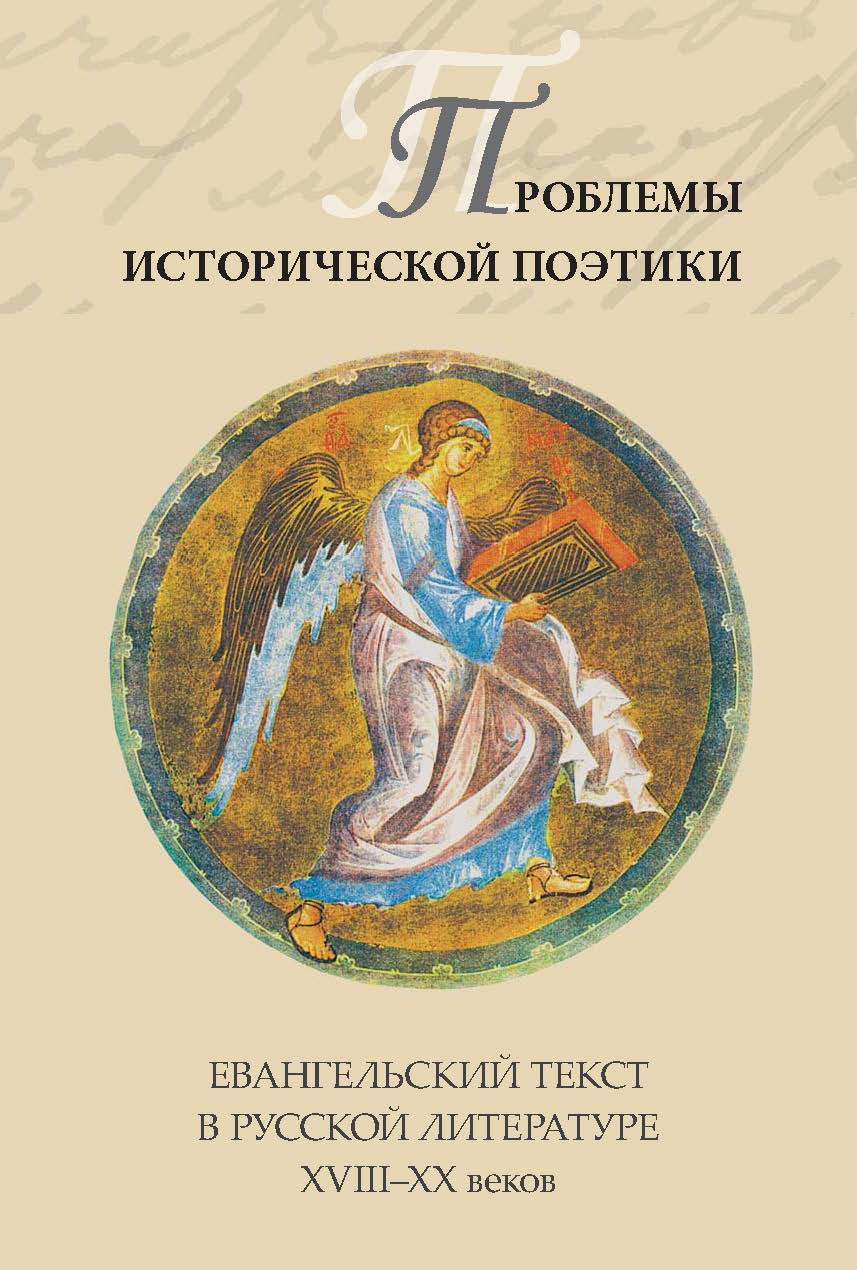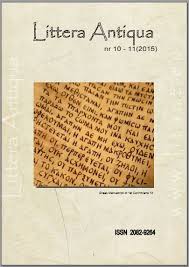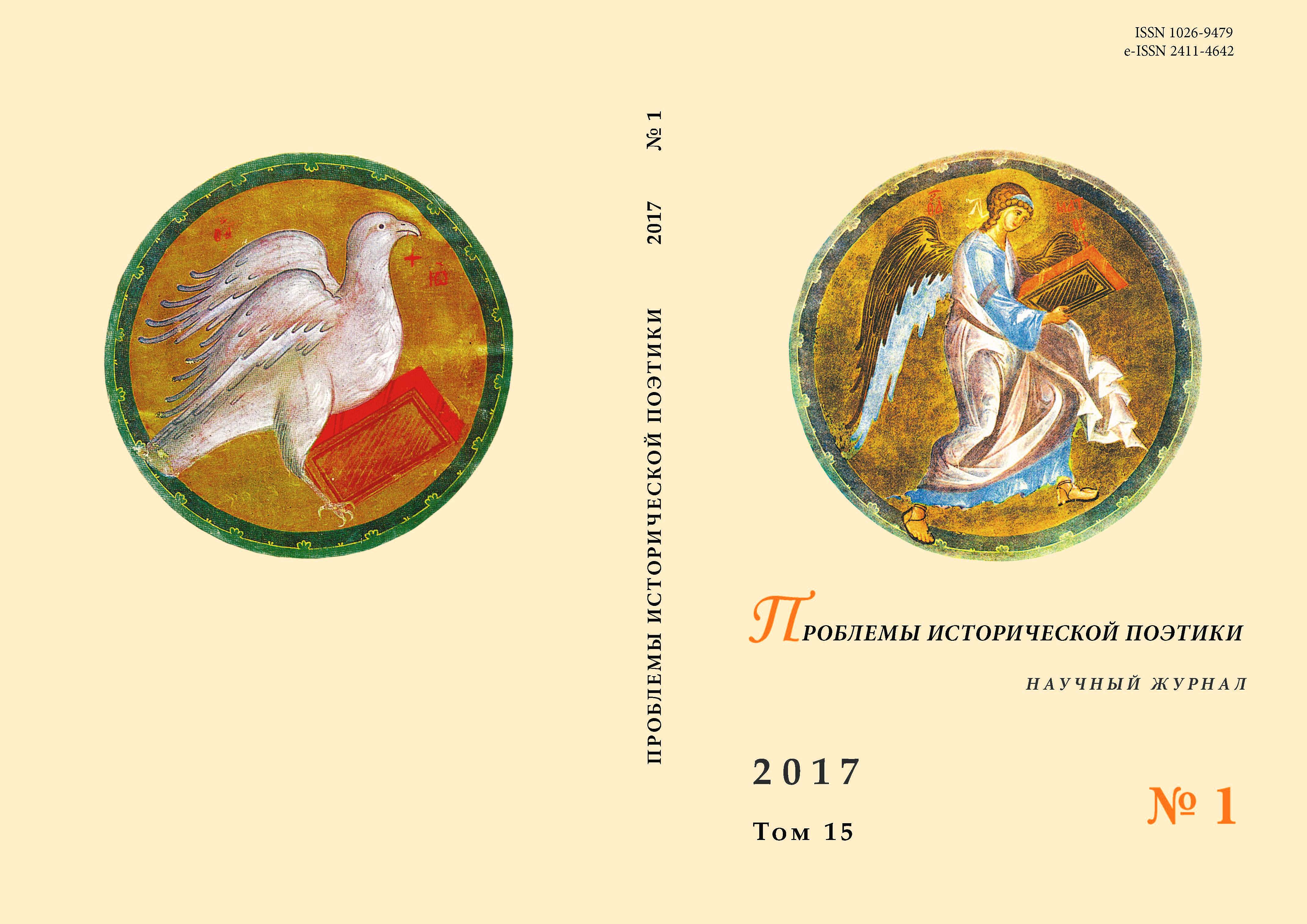IMAGINEA VLAHILOR LA CRONICARII CRUCIADEI A IV-A. PÂNĂ UNDE RĂZBATE ECOUL DISCUȚIILOR INTELECTUALE DE LA CONSTANTINOPOL?
The chroniclers of the Fourth Crusade (Geoffroi de Villehardouin, Henri de Valenciennes, and Robert deClari) have much to say about the Vlachs. Much of that information results from direct contact with the Vlachs, particularly in the case of Villehardouin and Henri de Valenciennes. However, several issues characterizing theVlachs, especially in Robert de Clari's chronicle, are remarkably similar to stories that may be found in NiketasChoniates. The paper analyzes the role attributed to the Vlachs in the French chronicles, and attempts to explain the similarity to the coverage of things Vlach in Niketas Choniates. As such, the paper offers an examination of allByzantine sources mentioning the Vlachs before Choniates and of non-Byzantine sources such as Benjamin ofTudela, the chronicle attributed to Ansbertus, and the correspondence between Pope Innocent III and JohannitsaKaloyan. The conclusion is that the image of the Vlachs in the French chronicles derives from stories about themcirculating in 12th-century Constantinople.
More...


